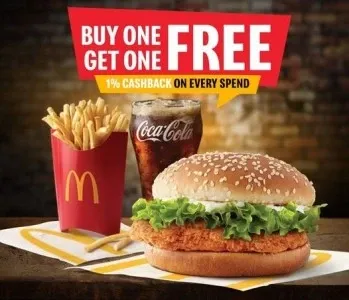BOGO
BOGO stands for "Buy One Get One".
BOGO stands for Buy One Get One sales promotions. A person buying a product is shown a "buy 1 get 1" offer, which essentially offers 2 units of the product for the price of one.
When you're promoting a BOGO sale on your online store, it's a great idea to use different channels to reach your customers. Some effective channels to consider are announcement bars, online ads, and email marketing campaigns. These promotions work especially well during peak shopping seasons, like Black Friday Cyber Monday, Ber Months, and end-of-season sales.
BOGO Implementation Tips
Below are some BOGO implementation tips by retail guru Kar Tiong.
- The item offered free is usually of the same time, priced the same, or at a lower price.
- The second item is usually offered for FREE, which is sometimes referred to as BOGOF in countries such as the UK.
- BOGOs work well for items that are easy to pick up psychologically by one person, like in fast fashion, and polo tees. Shoppers can easily buy the same tee in different colors.
- BOGOs usually don't work well for items like formal shoes unless it's a group buy scenario.
- BOGOs work well for higher-margin items.
- Author
- Kar Tiong Khoo
- Published
- February 2, 2022
- Updated
- December 23, 2024

